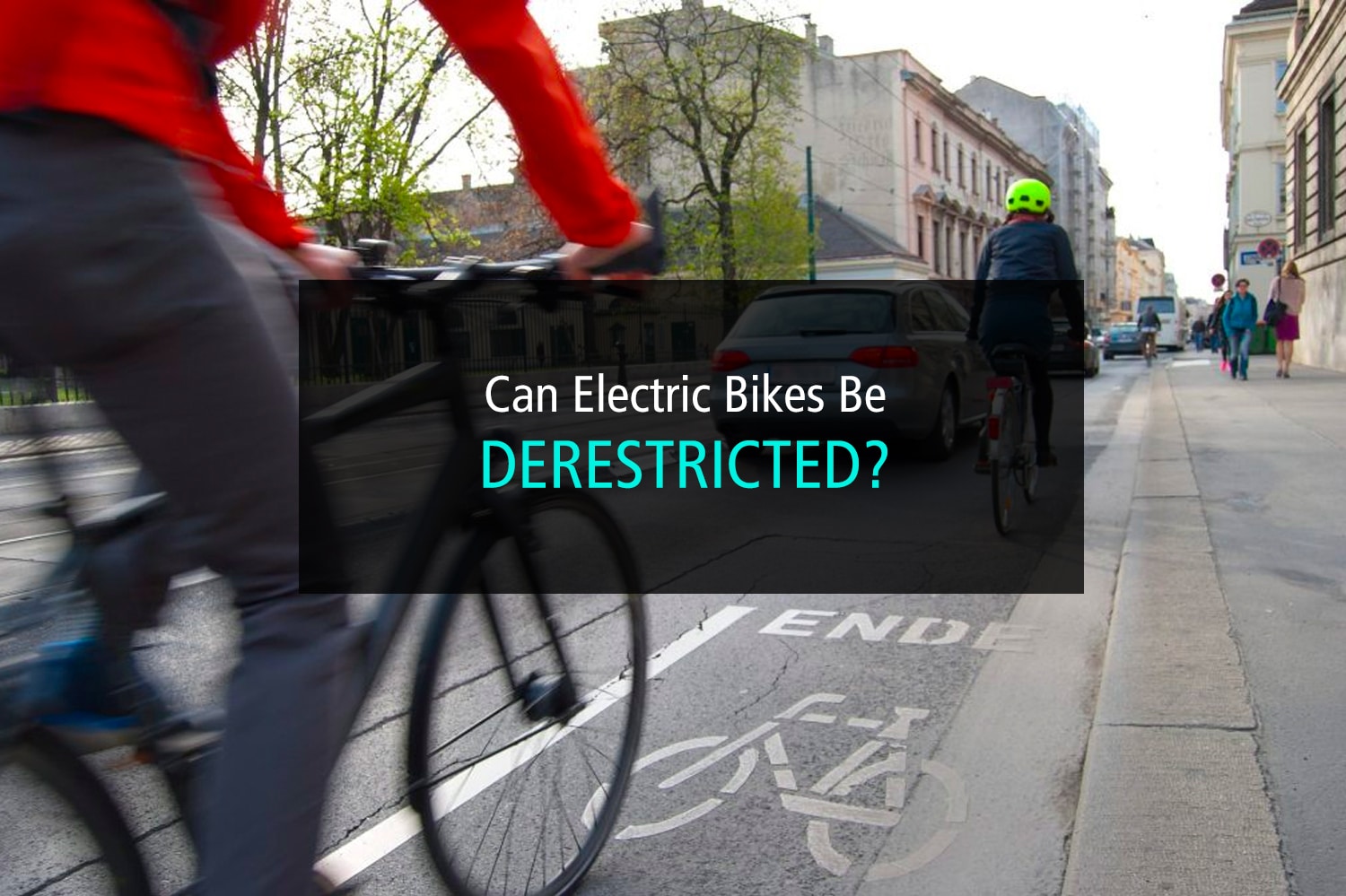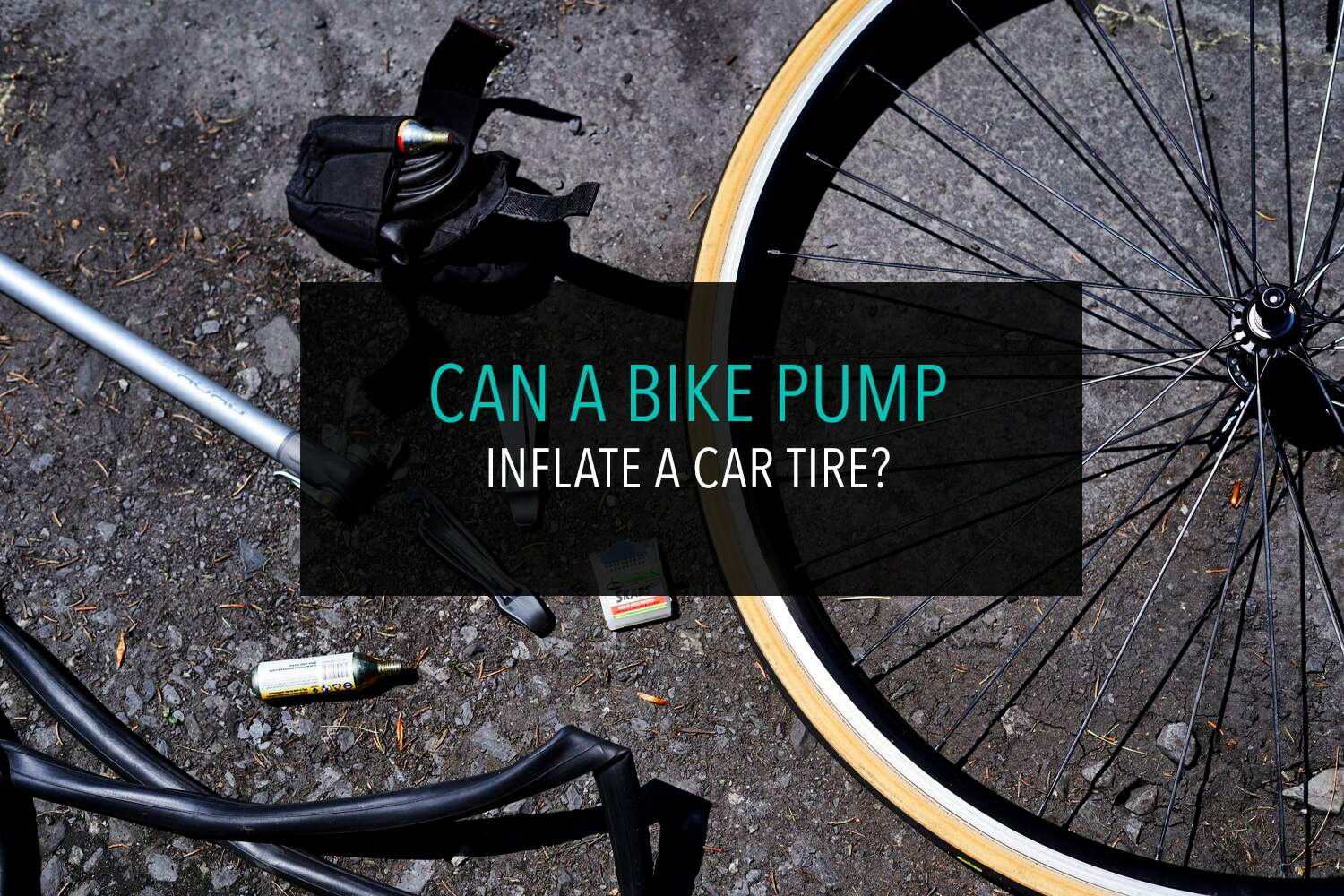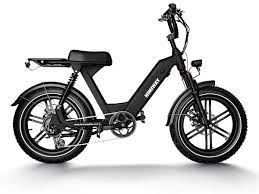
The electric bicycle, also known as the e-bike is probably one of the biggest inventions of eco-friendly transportation today. It offers low-cost, energy-efficient, and emission-free transportation which also has physical and health benefits. Most importantly, it’s fun to ride! However, just like everything, e-bike also has its limits. E-bike have a speed limit that will only allow you to go as fast as 25km/hr.
The speed limit is there to keep everyone riding e-bikes safe. It’s the same concept of having a speed limit for cars. This is important especially for newbies who are still trying to get the hang of it. But for professional cyclists, having a speed limit on how fast your e-bike can go is removing the fun from biking. This begs the question, can electric bikes be derestricted?
Electric bicycles can be derestricted. Manufacturers set a limit on all e-bikes to comply with existing laws, which say that bikes must have a 250-watt motor with a maximum speed of 25 km/h. However, the power limit of every e-bike can be removed to obtain a higher speed.
While removing restrictions on your bike may seem like a good idea, it comes with risks and consequences too. Scroll down to read more about what derestricting your bike entails, what to think about before derestricting your bike, and how to derestrict your bike.
What Does it Mean to Derestrict an Electric Bike?
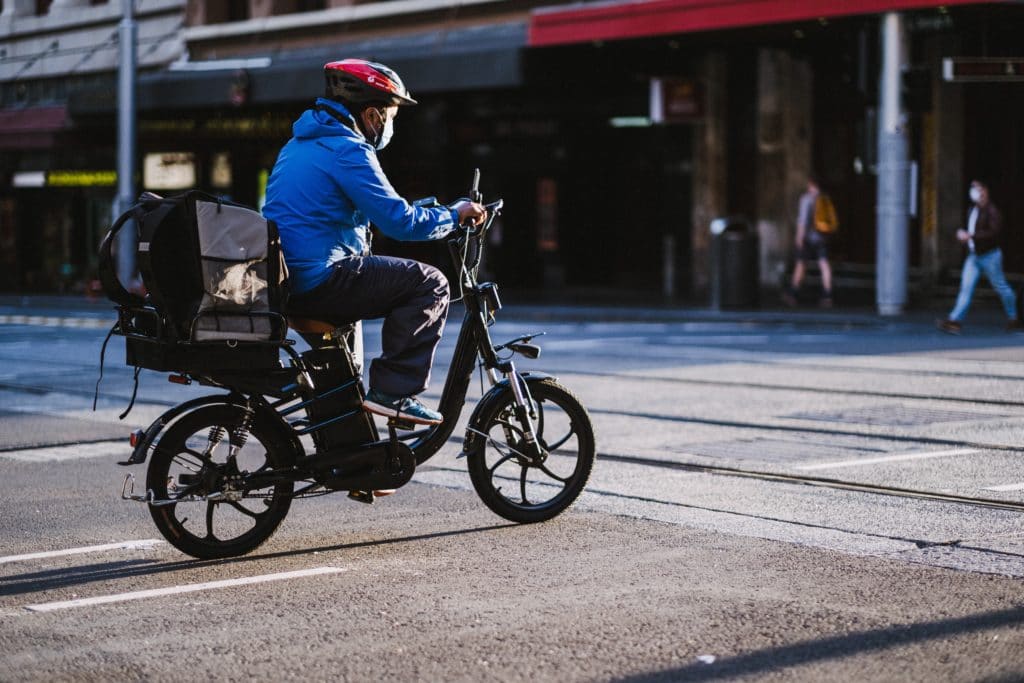
To “derestrict” an electric bicycle means to remove the pedal assistance limit that prevents the bicycle from going faster than 25 kph. The restriction is something the manufacturer puts in place in order to comply with the law. The limit is not something that comes with the machine itself. When the pedal assistance system is set, it sends a signal to the bike, causing it to decline to a stop whenever it gets close to the maximum speed that the manufacturer has specified. This means the e-bike will still continue to run once that limit is reached, but its motor will no longer assist in speeding up.
When an electric bike reaches this speed, all the fun, the juice, and the zeal of riding are switched off as the bike refuses to continue accelerating. This speed limit is unacceptable for many people, especially those who are passionate about electric bikes. Imagine how frustrating it would be if your bike tripped off in the middle of your practice because it had reached its limit. This is where derestricting your e-bike, also known as tuning, comes into play.
By removing the restrictions on your bike, you will be able to unleash the full potential of your e-bike, which is designed to keep track of the rider’s speed. The amount of drive that is released is determined by taking into account both this speed and how quickly the cyclist is pedaling. However, the drive will automatically deactivate as soon as the threshold is met. Because the amount of drive released depends on how quickly the rider is pedaling, the system can be tricked into thinking otherwise. If you want to ride faster than the 25 km/h speed limit, all you have to do is manipulate the electric bike system into thinking you’re going slower even while you’re going very fast.
Misconception about Derestricting your Ebike
- A common misconception among riders of electric bicycles is that removing the restriction on your e-bike will magically make the motor significantly more powerful. This is false. Derestriction on an electric bike does not result in an increase in the motor’s power beyond what it already possesses. It merely serves to increase the speed of your e-bike by blocking your bike’s system from sensing that you are going above its set speed limit. No, it does not change the capacity of your motor.
- When you de-restrict your e-bike, it can only go up to 60 km/hr. Advertisements claiming that an e-bike can go above 60 km/hr are false. Even with a derestricted e-bike, achieving 60 km/h takes a lot of work from the rider.
The Risks of Derestricting an Electric Bike
While following a few online tips to derestrict an electric bicycle is simple, it’s not recommended for several reasons. Changing the settings on your electric bike to eliminate the predetermined speed limit has the following implications:
Manufacturer’s Warranty – when you derestrict your electric bike, you lose the bike’s manufacturer’s warranty. Manufacturers will refuse to repair or work on a bike that has been derestricted.
Battery Life – When you derestrict your electric bike, you are increasing the amount of power that the motor needs to deliver in order for the e-bike to accelerate. This might have an adverse effect on the battery life. Derestriction leads to the system of the e-bike being used for more extended periods at full load. As a result, much electricity is consumed, and the battery gets depleted faster.
Illegal – It’s illegal to derestrict an electric bike in order to get it to run faster than the legal speed restriction of 25km/hr. This means that you will no longer be able to use your bike on government property. You run the possibility of being pulled over, which will result in you being issued a penalty for breaking the law.
Increased risk – Other components of e-bikes like the brake are only designed to handle the manufacturer’s speed limit. Derestricting your bike risks other components of your bike malfunctioning as they are not designed to handle higher speed.
IMPORTANT NOTE: Derestricting e-bike is not recommended especially for beginners. Derestricted e-bikes are hard to manipulate for inexperienced cyclists.
How Does Derestricting E-bikes Work?
The controller and the sensor are the two primary parts in derestricting e-bikes. When the electric bike is being used, the sensor sends information to the controller, which then compares that information with information that has previously been stored in the computerized system. With this information, the controller will then compute the speed of the bike and will turn off the assistance once it hits 25 kilometers per hour.
On the other hand, a sensor is a mechanical unit that is put on the frame in such a way that it is symmetrical and faces one of the spokes on the rear wheel. This console determines the magnet’s circulation frequency, which is then immediately transmitted to the controller so that it may be used to adjust the speed.
Adjusting the e-bike’s assist system so that the motor engine can work at its normal capacity and without restriction is what’s needed to derestrict an e-bike. By deliberately distorting the data that is transmitted to the electronic controller of the machine, the system will be allowed to supply assistive power even when the bike is going over the speed limit.
The goal of derestriciting an e-bike is to have the controller record a speed of less than 25km/hr even if the real speed of the bike is more than what is recorded. Because of this, the display on the bike appears to be functioning normally, but it is actually measuring just around half of the machine’s true speed. In other circumstances, the flange can be fully removed, which means that the greatest speed your electric bicycle is capable of is no longer determined by the constraints that were placed on it by the manufacturer, but rather by the amount of power that your motor is capable of producing. These are the two main methods for removing restrictions.
Manual Derestriction of E-bike
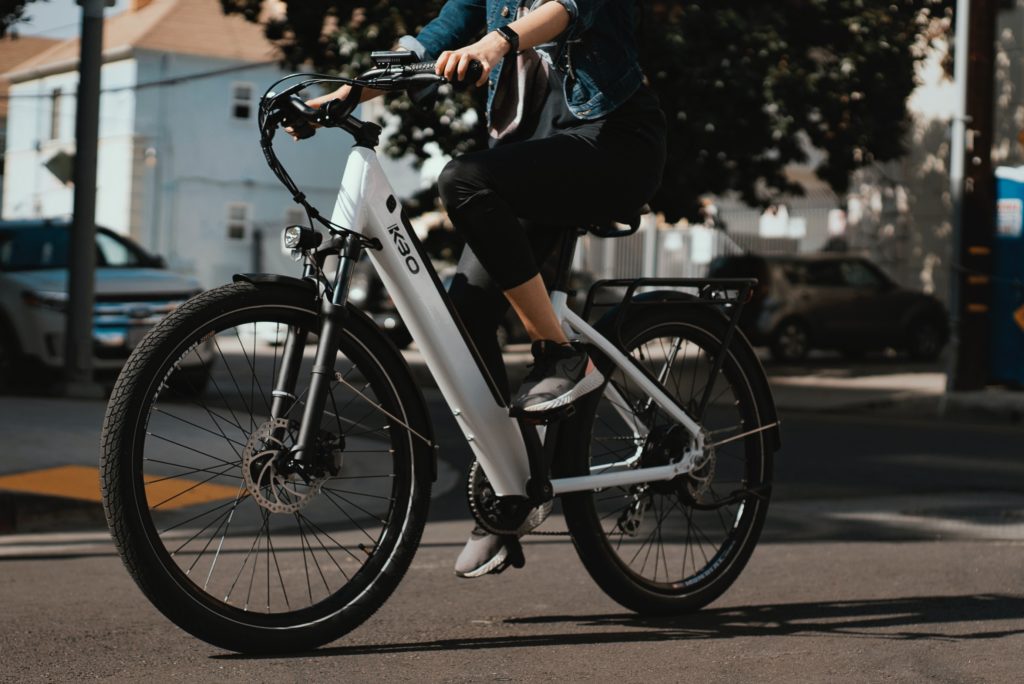
You don’t have to use any tools or equipment if you’re doing manual derestriction. This procedure entails changing the way the transmitter relays data to the controller, which in turn requires just the manual modification of the sensor reading of the speed.
In most electric bikes, the sensor and its magnet can be found on the frame base of the e-bike. Manually count the number of rotations the magnet completes as it rotates around the axis of the wheel.
If you remove the magnetic sensor from the wheel and attach it to some other component of the bicycle, the speed control will record different figures, which will enable it to provide help at higher speeds. For example, you may attach the sensor to the pedal, as it rotates at a rate that is typically slower than the wheel. As a result, the controller will see the magnet revolving at a lower frequency.
Here is a step by step guide to help you out:
1. Check that the wheels and the electrical system are both in complete good condition.
2. To keep the components from moving while you work, you can use an allen key and some tape.
3. Detach the wheel magnet and sensor carefully and then reposition them. Alternatively, you may replace the magnet that came with your e-bike with a neodymium magnet that is significantly stronger.
4. Place the magnet into the pedal bracket.
5. Move the sensor to a more accessible location on the electric bike, and then twist it 90 degrees to the side so that it is facing the pedal bracket.
6. Move the sensor around until you are satisfied with how well the bike is doing overall.
IMPORTANT NOTE: Disconnecting the sensor wiring completely may be an effective way to derestrict your e-bike but it’s not recommended especially for beginners because knowing the particular wire to cut can be complicated. Not to mention that this process is irreversible.
Derestriction of E-bike using Tuning Kit

Electric bike tuning kits are mechanical devices designed to improve the speed and performance of electric bikes. There is no need to resort to any delimitation methods that could potentially have a negative impact on the machine when one has tuning kits. It’s an easier and more professional approach to unleashing the speed potential of your e-bike, as well as one that does not need excessive amounts of effort and does not run the danger of damaging the system.
These tuning kits function by convincing the system controller that the machine is running below its maximum assisted speed, allowing the motor engine to continue to release power and propel the electric bike forward. The ability to return your bike to its usual cycling mode in the future is a benefit of employing a tuning kit.
The tuning kit component only needs to be connected directly to the bike’s sensor, allowing it to be left in its original state. Automatic speed delimitation occurs once the unit is installed.
IMPORTANT NOTE: To identify the right kit for your electric bike, look up the manufacturer and model. Kits for large-sized electric bicycles typically differ from one another according to whether the bike is equipped with an EVO or ride control system.

